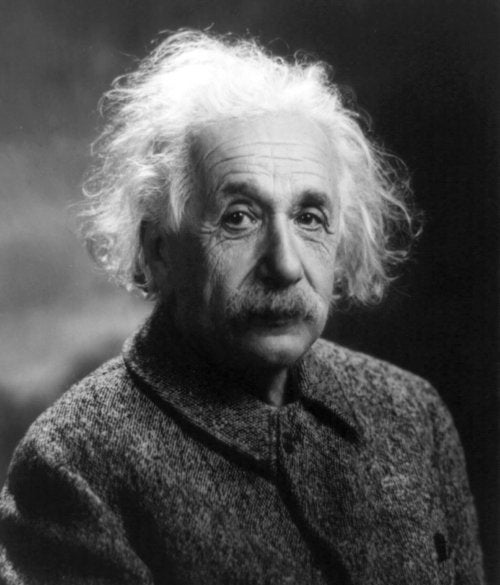Equations in physics and astronomy use the International System of Units, or SI. According to SI, the speed of light, c, is measured in meters per second, or m/s, as are all velocity measurements. Mass, m, is measured in kilograms, or kg. Energy, E, is in joules, or J. Joules are a derived SI unit, from base units kg, m, and s. The definition of a joule is kg*(m/s)2, which is — not surprisingly — the definition of Einstein’s famous equation. In more familiar terms, a joule is the work done to produce 1 watt for 1 second.
This equation shows that energy can be converted into mass and vice versa. Keep in mind c2 is a big number. The speed of light is roughly 3 with 8 zeros following it, which makes c2 nine with 16 zeros following it. So to convert a small amount of mass — say 1 cubic centimeter of water, which is 1 gram — into energy, divide by 1,000 to make sure you are using kilograms, and multiply by c2. This will give you 90 million million joules of energy, which is equivalent to 25 million kilowatt hours. That’s enough electricity for the average U.S. household consumption for over 2,000 years! — LIZ KRUESI, ASSISTANT EDITOR










